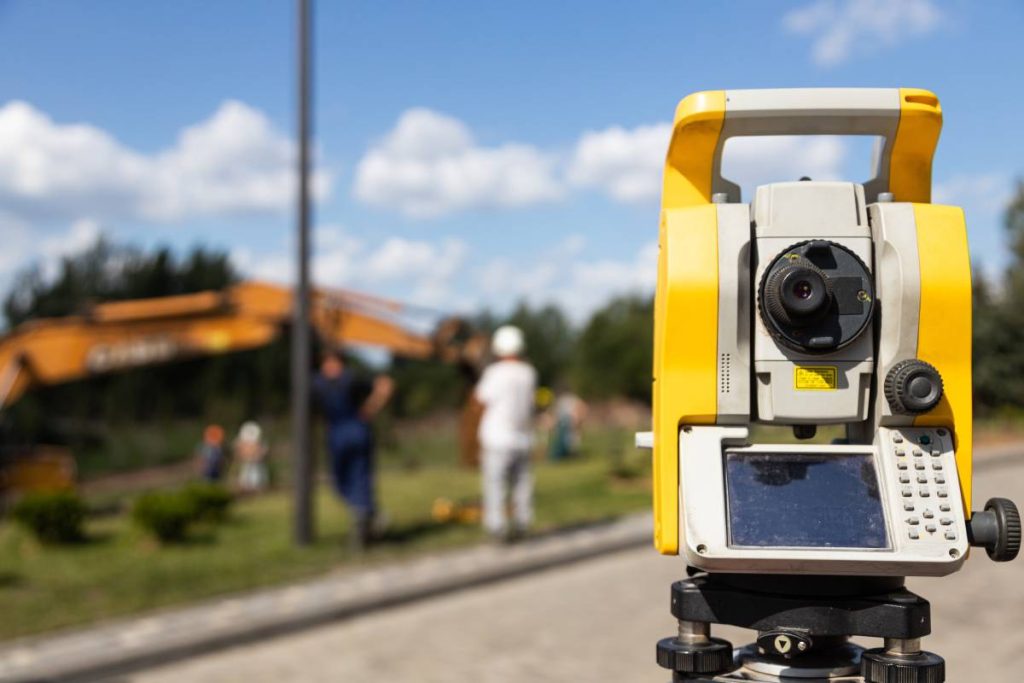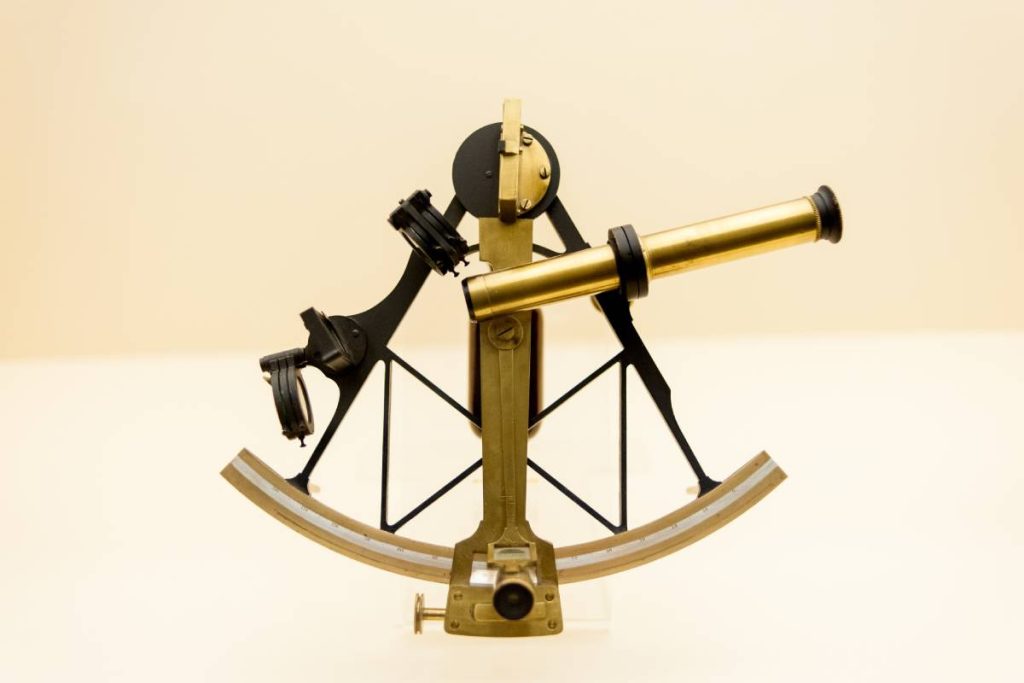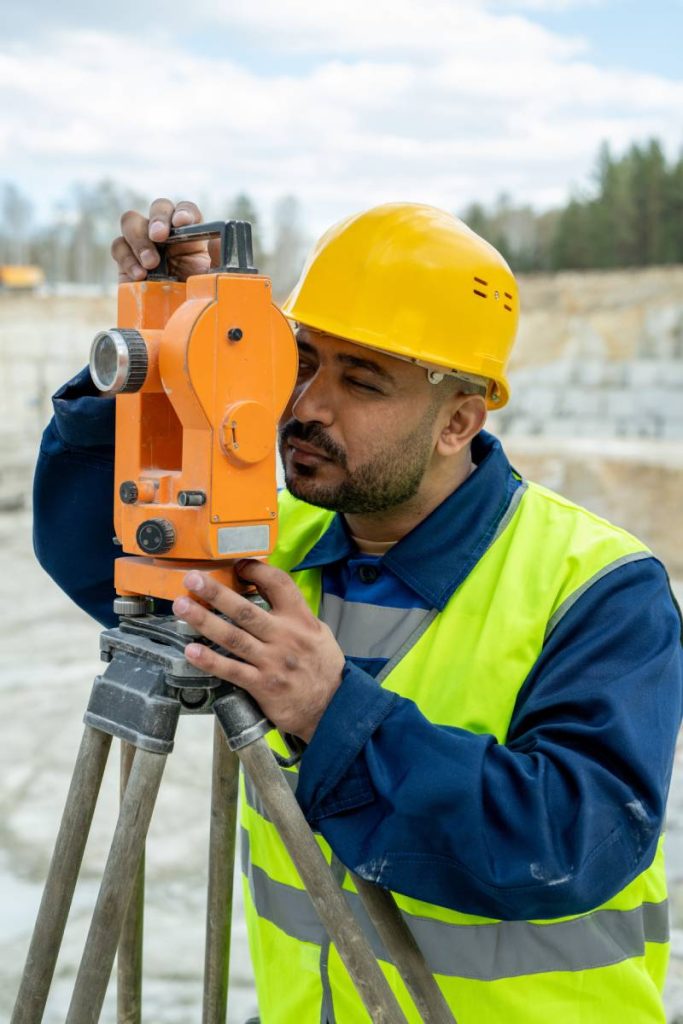Surveying and navigation have long relied on precise instruments for accurate measurements. Among these instruments, the theodolite stands out for its versatility and accuracy. Used in various fields ranging from construction to astronomy, the theodolite offers unique advantages over other levelling instruments.
In this article, we explore the functionalities, advantages, and care tips for utilizing a theodolite effectively. From understanding its operational procedures to maintaining its longevity, this guide aims to provide comprehensive insights into harnessing the full potential of this indispensable tool.
What is theodolite?
A theodolite is a precision instrument used in surveying and engineering to measure angles in the horizontal and vertical planes. It consists of a telescope mounted on a rotating base, allowing it to swivel horizontally (in the horizontal plane) and tilt vertically (in the vertical plane). Theodolites are used for various applications, such as measuring angles for mapping, construction layout, and alignment of structures. They are essential tools in land surveying, construction, and civil engineering projects.
It’s like a super spy gadget for people who need to know exactly where things are and how they’re positioned. You might see surveyors using theodolites when they’re mapping out new roads or building sites. They peer through the telescope part to line up with different points and then record the angles to make precise maps and plans.
Construction workers also use theodolites to make sure everything lines up perfectly when building things like bridges or skyscrapers. The theodolite helps them make sure everything is level and in the right place.
So, in simple terms, a theodolite is a cool tool that helps smart folks measure angles accurately for all kinds of important projects.

What are the differences between a theodolite and a total station?
Theodolites and total stations are both surveying instruments, but they have some key differences:
- Functionality:
- Theodolite: It measures angles in both horizontal and vertical planes using a telescope mounted on a rotating base.
- Total Station: It combines the functionality of a theodolite with electronic distance measurement (EDM) capabilities. In addition to measuring angles, it can also measure distances electronically using a built-in EDM unit.
- Measurement Precision:
- Total Station: Generally provides higher precision and accuracy in measurements due to electronic distance measurement capabilities.
- Theodolite: While still accurate, it relies solely on optical measurements, which may not be as precise as electronic measurements.
- Ease of Use:
- Total Station: Often considered more user-friendly because it can automatically record angle and distance measurements electronically, reducing the chances of human error.
- Theodolite: Requires manual recording of angle measurements, which may be more time-consuming and potentially prone to errors if not done carefully.
- Cost:
- Theodolites are typically less expensive than total stations due to their simpler functionality.
While both instruments are used for surveying and measuring angles, total stations offer additional electronic distance measurement capabilities, higher precision, and often greater ease of use compared to theodolites. However, the choice between the two depends on factors such as the specific requirements of the project, budget constraints, and user preferences.

What are the differences between a theodolite and a sextant?
Theodolites and sextants are both instruments used for measuring angles, but they serve different purposes and have distinct features:
- Functionality:
- Theodolite: Primarily used for measuring angles in the horizontal and vertical planes for surveying, construction, and engineering purposes. It typically consists of a telescope mounted on a rotating base.
- Sextant: Primarily used for celestial navigation at sea. It measures the angle between a celestial body (like the sun, moon, or stars) and the horizon to determine a ship’s position.
- Application:
- Theodolite: Used in land surveying, construction, and engineering projects to precisely measure angles for mapping, setting out buildings, and aligning structures.
- Sextant: Historically used by sailors to navigate the open seas by determining their position relative to celestial bodies. While less commonly used today due to the advent of GPS technology, sextants are still employed in marine navigation and for celestial observations.
- Design:
- Theodolite: Typically features a telescope mounted on a tripod with graduated circles for measuring horizontal and vertical angles.
- Sextant: Consists of a sturdy frame with an adjustable mirror, a telescope, and a graduated arc. It’s designed to be held by hand and used on a moving ship.
- Accuracy:
- Theodolite: Provides highly accurate measurements for land surveying and construction purposes.
- Sextant: Provides accurate measurements for celestial navigation when used correctly, but it requires skill and experience to obtain precise readings, especially on a moving vessel.
In summary, while both instruments involve measuring angles, theodolites are used for terrestrial surveying and engineering tasks, while sextants are used for celestial navigation at sea. They differ in their design, application, and the level of precision required for their respective purposes.
How to use a theodolite?

- Start by marking the spot where you’ll set up the theodolite using a surveyor’s nail or stake. This spot is crucial for measuring angles and distances accurately.
- Set up the tripod ensuring that it’s at a height where the theodolite’s eyepiece is at eye level. Position the tripod’s centre hole directly over the nail or stake and drive the legs securely into the ground using the brackets on each leg.
- Mount the theodolite onto the tripod and tighten it in place using the mounting knob.
- Measure the height from the ground to the instrument. This measurement will serve as a reference for other stations.
- Level the theodolite by adjusting the tripod legs and using the bulls-eye level. Fine-tune the levelling with the knobs until it’s perfectly level.
- Adjust the vertical plummet, a small sight at the bottom of the theodolite, to ensure it stays aligned with the nail or stake. Use the knobs at the bottom for this adjustment.
- Aim the crosshairs in the main scope at the point you want to measure. Lock the theodolite in place using the knobs on its side. Then, record the horizontal and vertical angles using the viewing scope on the theodolite’s side.
Theodolite vs transit level
A theodolite is a precise instrument used for measuring angles horizontally and vertically. It can rotate along both its horizontal and vertical axes. While similar to transits, theodolites have mounted telescopes that rotate in various directions.
Transits, also used for accurate angular measurements, employ vernier scales and external graduated metal circles for readings. In contrast, theodolites use enclosed graduated circles and an internal magnifying optical system for angular measurements, offering higher precision and accuracy.
Theodolites find primary use in surveying but are also handy building inspectors in navigation, meteorology, laying out building corners, measuring angles, aligning walls, and plumbing building corners.
Advantages of using a theodolite
- Improved Accuracy: Theodolites offer greater precision compared to other levelling instruments.
- Enhanced Readability: They feature an internal magnifying optical system for clearer readings.
- Electronic Readings: Theodolites provide electronic readings, aiding in quick and accurate measurements.
- Instant Adjustment: Horizontal circles can be promptly zeroed or set to any desired value.
- Flexible Readings: Horizontal circle readings can be taken both to the left and right of zero without the need for repeat measurements.
Theodolites equipped with optical instruments provide distinct benefits over alternative layout tools. Their precision, resilience to weather conditions, suitability for various terrains, including sloped ground, make them indispensable in surveying and construction.
Tips for caring for a digital theodolite
- Avoid Water and Chemicals: Refrain from submerging the instrument in water or exposing it to chemicals.
- Handle with Care: Prevent dropping the instrument and ensure it’s securely locked in its case during transportation.
- Weather Protection: Use a cover over the instrument during rainy conditions and avoid direct sunlight through the telescope.
- Tripod Considerations: Opt for a wooden tripod to minimize vibrations and always use the sunshade attachment to mitigate temperature-induced errors.
- Battery Maintenance: Maintain adequate battery power and clean the instrument thoroughly after each use to prevent damage from dust.
- Drying and Storage: Allow damp or wet theodolites to dry before storing them vertically in their cases.
- Re-leveling Procedures: When re-leveling the instrument, double-check the position over the ground point and verify the level’s accuracy when repositioning over a ground point.
These care and maintenance practices ensure optimal performance and longevity of the theodolite while minimizing potential damage and inaccuracies.







